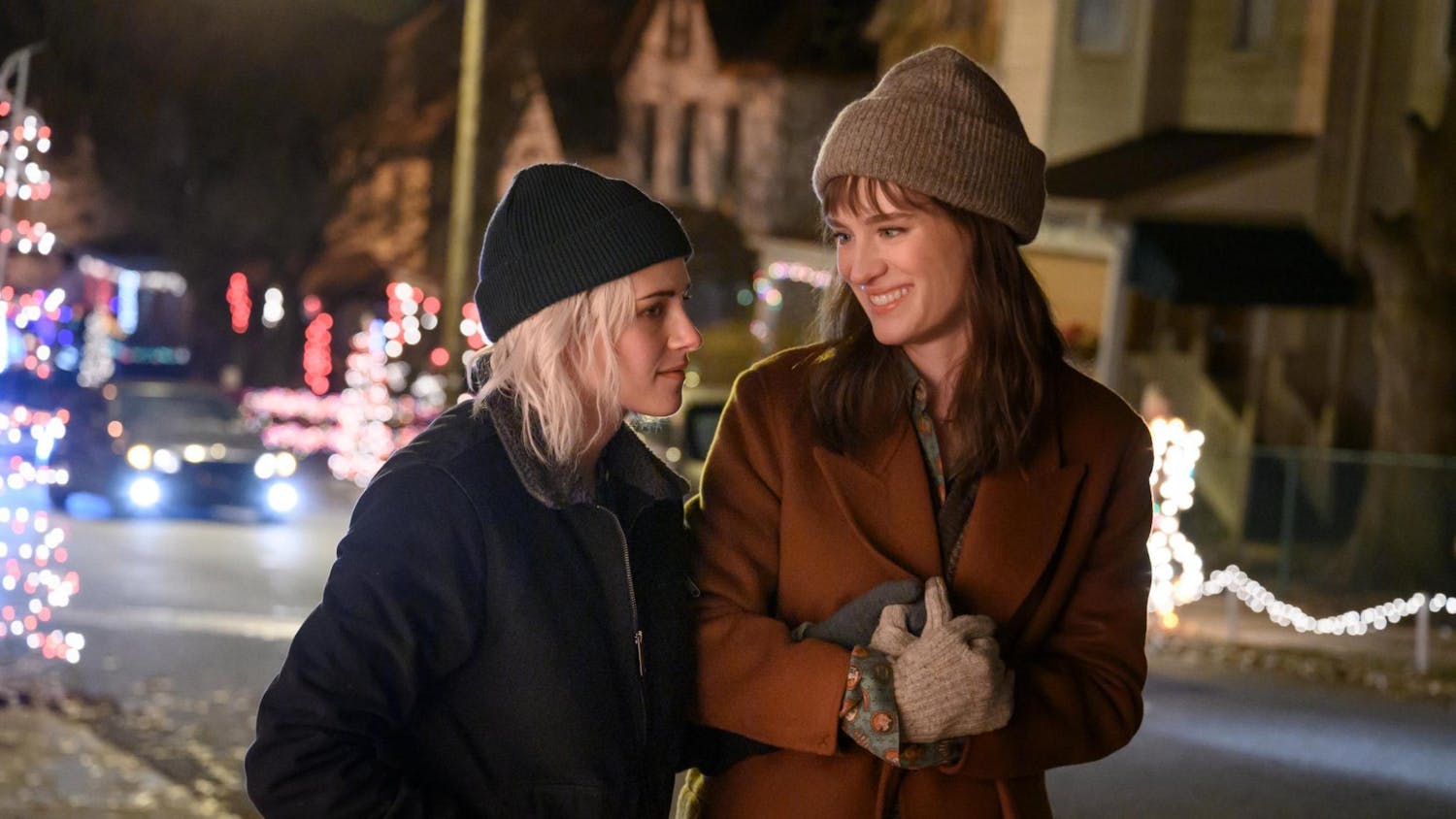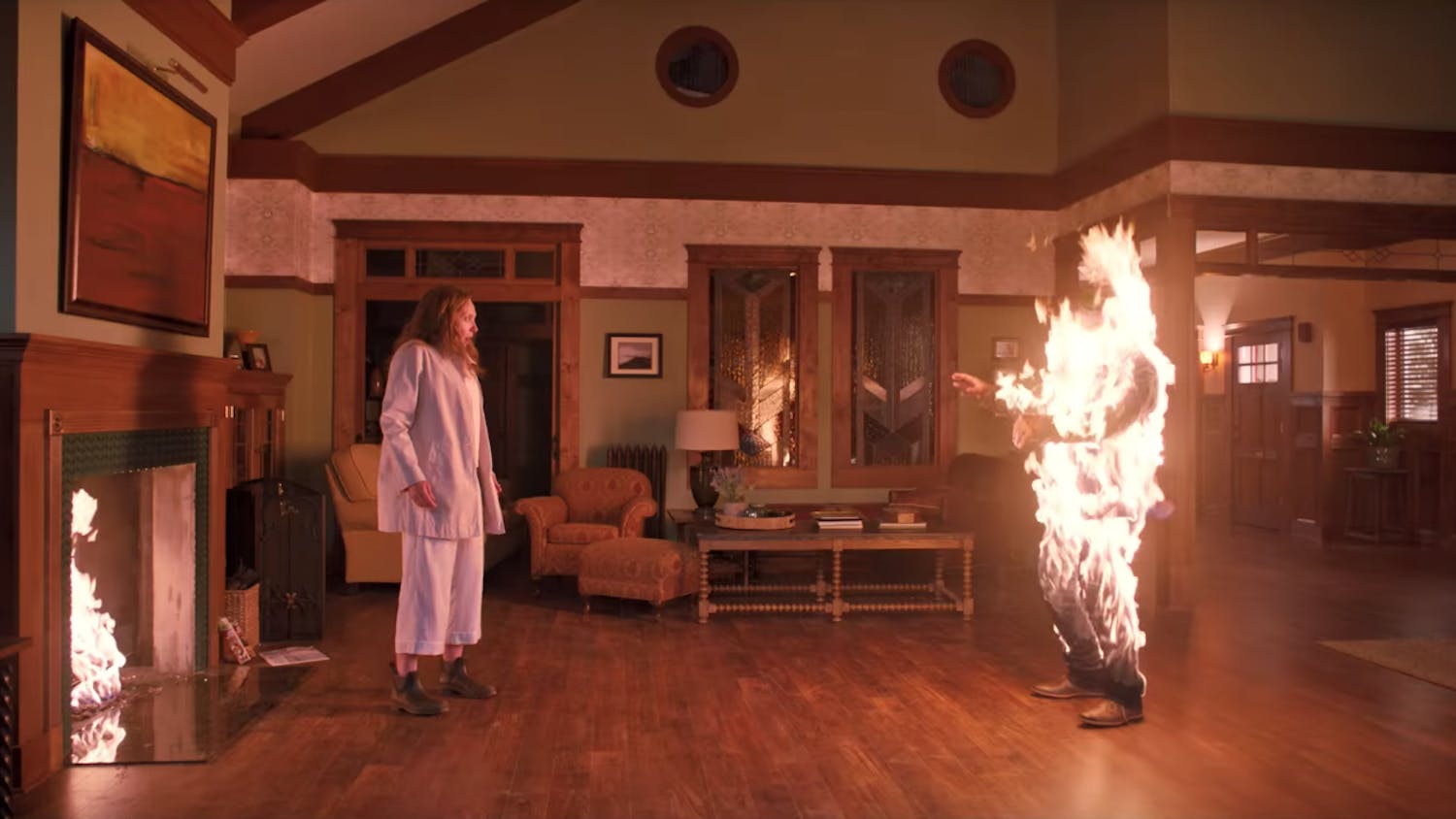Two weekends ago, the Marquee at Union South played “When Marnie Was There,” the last movie to come out of Studio Ghibli before the studio’s indefinite hiatus. “Marnie,” Hiromasa Yonebayashi’s second film as director, toned back Ghibli’s trademark fantasy and wayward imagination for a more grounded story that flirted between being too convenient and incredibly touching.
If anything, the film’s modesty seemed like a quiet way to finish 30 years of floating castles and forest gods; a ghost story about a young girl coping with depression isn’t quite as vibrant as the warm effervescence of the bathhouse in “Spirited Away” or the charging gods of “Princess Mononoke.” But “Marnie” underscored the other side of Ghibli’s magic beyond the fantastic, which somehow made 30 years of animation more realistic and relatable than almost any Hollywood blockbuster.
There’s a scene in “When Marnie Was There” where the main character, a 12-year-old foster child named Anna, sneaks away and breaks down on the banks of a salt marsh. “Ugly, stupid, moody, unpleasant. That’s why I hate myself,” she admonishes in a moment of raw emotion. It’s dramatic and expository in the plainest way. It’s also incredibly real; believable and, for some of us, almost too relatable.
It wasn’t just a plot point either; throughout “When Marnie Was There,” Anna lives these thoughts, tossed between moments of reaching out and shutting herself in. Watching Anna lash out when forced to socialize seemed just as natural as watching Anna finally find consolation in her more natural friendship with the mysterious Marnie.
Studio Ghibli’s greatest successes come from the way it’s always captured those characters. Anna from “Marnie” acted like someone living in their world and reacting to its nuances. When she was in isolation, she looked and acted as pained as the story said she was. When frolicking with Marnie, she was the perfect contrast, a relieved and excited girl enjoying herself for possibly the first time in years.
It’s a strength that made other Ghibli films feel so charming, and so different from any other animated films. They’ve always had a way of capturing the characters behind the adventure, whether it’s the wistful nature of the kids in “My Neighbor Totoro” or the fighting comradery of the iron workers in “Princess Mononoke.” The actions those characters take, as bold as they may sometimes be, always felt sincere and natural, from their reaction to the strange creatures that appear on their doorstep to the determination that whisks them away on some great journey.
When a surprise drops on a character in other movies, animated or otherwise, there might be an explosion of excitement. The character might make a straight-razor pun and take charge, stating “somebody has to do it” as they embark. They may add an extra dose of whatever worry the story demands of them, somehow having to exaggerate to deliver it. It’s especially emphasized in cartoons, where subtlety seems to have been a trait left at studio doors.
This isn’t a critique of those exaggerations, though. They’re a ton of fun, and offer another, often wackier road to empathizing with the great characters that power those films. But the subtleties and raw humanism that Ghibli specialized in, like Anna, are what gave Ghibli’s animations a unique resonance. They’re characters that act more like real people in fantastic situations, people you could see on a sidewalk rather than a television screen, even if they’re as outlandish as boisterous witches and anthropomorphic pigs.
While the hand-drawn landscapes that flush out the fantastical and imaginative worlds give Ghibli’s films their sense of wonder, they’re never left empty. Ghibli’s team of animators and writers always managed to fill those worlds with a touch of humanity. That’s the note that Ghibli left on. “When Marnie Was There” isn’t the swan song that “The Wind Rises” was, nor did it fully embrace the wayward imagination that fueled Ghibli for years. But its characters filled their gorgeous environment with that sense of humanity that made those 30 years of animation so unforgettable.





